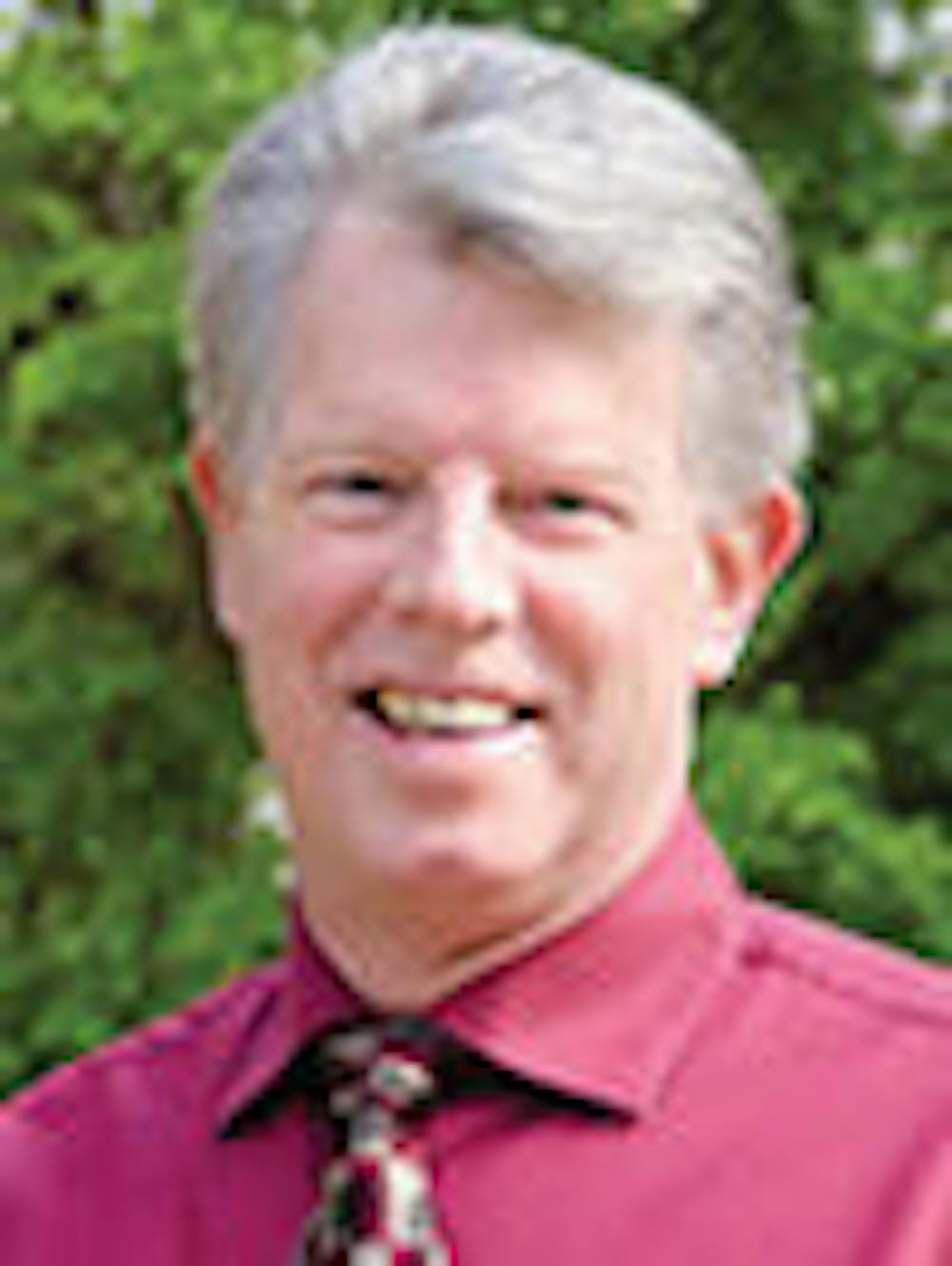UF professor Wesley Bolch will travel to Vienna, Austria, next month as an appointed member of the U.S. delegation to work with the United Nations Scientific Committee on the Effects of Atomic Radiation, or UNSCEAR.
A professor of biomedical engineering and the associate dean for academic affairs for the UF College of Engineering, the UF alumnus was appointed the position because of his decades-long research on the effects of radiation.
The UNSCEAR looks to put out reports that capture the sources of radiation, including environmental and medical sources, and to understand the biological effects of exposure, Bolch said.
Bolch, who graduated from UF with his bachelor’s, master’s and Ph.D. degrees, began working on researching the effects of radiation on humans in the late 1990s.
Bolch began with assessing radiation doses in the bone, and it went from there.
“There’s only a few, a handful, in the world, that have the capability that we do in assessing what those doses are,” Bolch said.
The effects of levels of radiation on people are still only estimated today, Bolch said, but he and his group of students have developed works that have been used internationally to better assess a patient’s radiation risks.
“The idea is, we have a patient that comes through the door, and we want to estimate the level of medical exposure to radiation are,” Bolch said.
Matthew Maynard, 31, worked with Bolch before graduating from UF with his Ph.D. in medical physics and is currently in post-doctoral research.
They researched and created one of the most detailed anatomical models for pregnant women, showing how radiation affected the fetus during pregnancy.
Today, Maynard’s work on the effects of radiation on a pregnant women, along with the fetus, has gained international recognition.
“He’s (Bolch) got experience and connections in all different kinds of fields,” Maynard said.
Amy Geyer, 28, a Ph.D. candidate for medical physics working under the guidance of Bolch, created a library with 350 animated 3D human bodies.
“Overall, I don’t think we would’ve gotten the opportunities that we got if we didn’t know professor Bolch,” Geyer said.
Shannon O’Reilly, 26, a Ph.D. candidate for medical physics, also helped create the library of 3D bodies, which helps give physicians a virtual version of a person to assess risks for a real life patient.
“He’s (Bolch) had major impacts on patients,” said Christine Schmidt, the department chair of biomedical engineering.
It shows that he has an international presence, Schmidt added, putting UF and its research on the map.






